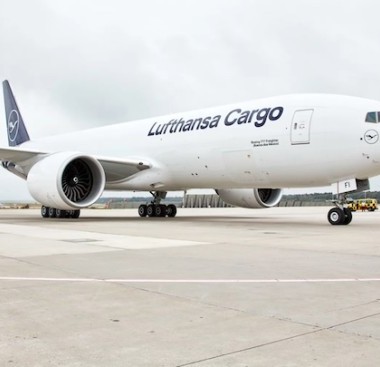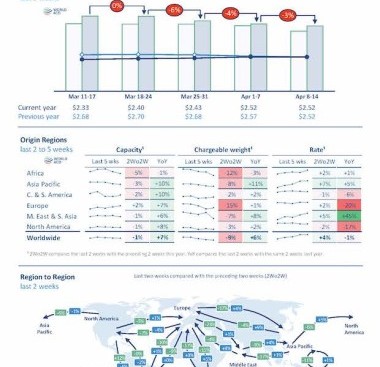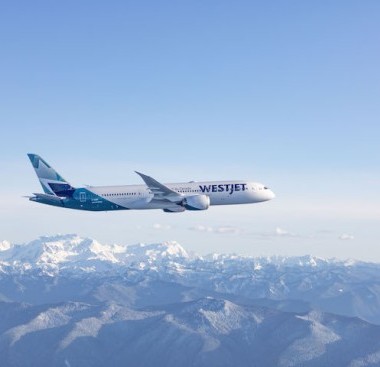United Air’s grounded 777s had troubled history in debt markets
Before coming under scrutiny because of a mid-air engine explosion, United Airlines Holdings Inc.’s aging fleet of Boeing Co. 777s had already garnered plenty of criticism in credit markets.
The aircraft that showered debris over a Denver suburb this past weekend was among assets that investors had been reluctant to accept as collateral last year when the airline sought to borrow billions of dollars to ride out the pandemic, according to flight records and debt documents reviewed by Bloomberg.
United’s first attempt to sell debt backed by some of its oldest planes—including the 26-year-old 777-200 with the engine mishap, and dozens more like it—collapsed in May after investors demanded interest as high as 11% to compensate for the risk.
A second effort to pledge the same aircraft for a new debt sale a few months later, along with engines and other spare parts that United had scraped together, was more successful. CreditSights analyst Roger King described the deal at the time, however, as a “kitchen sink” offering because of the poor quality of the underlying assets.
United grounded two dozen of its older planes after Saturday’s incident. The bonds were little changed this week, though investors face the possibility of a drop in the value of the collateral if the 777 aircraft—and the Pratt & Whitney engines involved in the accident—are retired sooner than expected.
“This could destroy value for a number of these planes,” George Ferguson, a senior analyst at Bloomberg Intelligence, said in an interview. He calculates the value of the collateral backing the October bond deal could decline by $250 million, or around 4%, if all the planes and engines under scrutiny are phased out.
A representative for United declined to comment.
The bonds were issued as more creditor-friendly enhanced equipment trust certificates, or EETCs. Such a decline in the value of the assets would still leave investors in the more senior class of the notes with a loan-to-value ratio of around 54% compared with around 50% initially. For subordinated investors the ratio would increase to 64%, according to Ferguson’s calculations.
That may deteriorate if air travel recovers more slowly than expected, he said. According to Ferguson, 22 spare Pratt & Whitney engines and 43 of United’s 777s that use such equipment were included in the collateral backing the airline’s October deal.
Similar Stories

Air France KLM Martinair Cargo transport Lions Vasylyna and Nikola to South Africa
View Article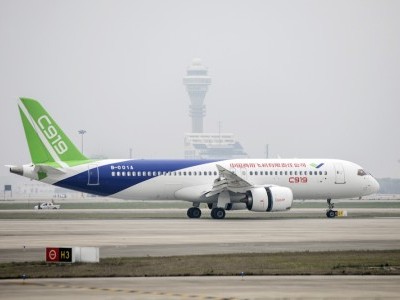
Air China orders homegrown C919s in challenge to jet duopoly
View Article
WorldACD Weekly Air Cargo Trends (week 16) - 2024
View Article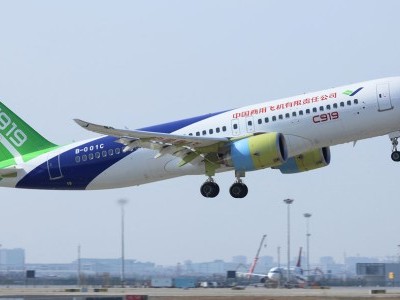
Air China buying 100 locally made C919 jets in $11 billion deal
View Article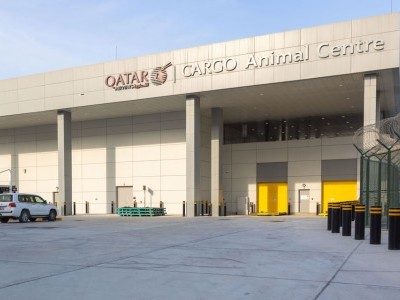
Qatar Airways Cargo elevates live animal transport launching its Advanced Animal Centre
View Article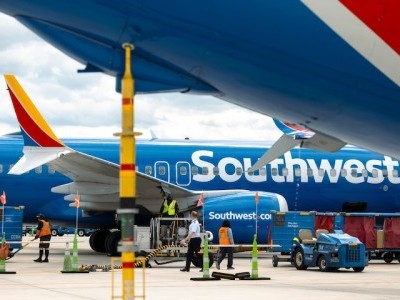
Southwest Air pulls out of four airports in growth slowdown
View ArticleGet the most up-to-date trending news!
SubscribeIndustry updates and weekly newsletter direct to your inbox!


